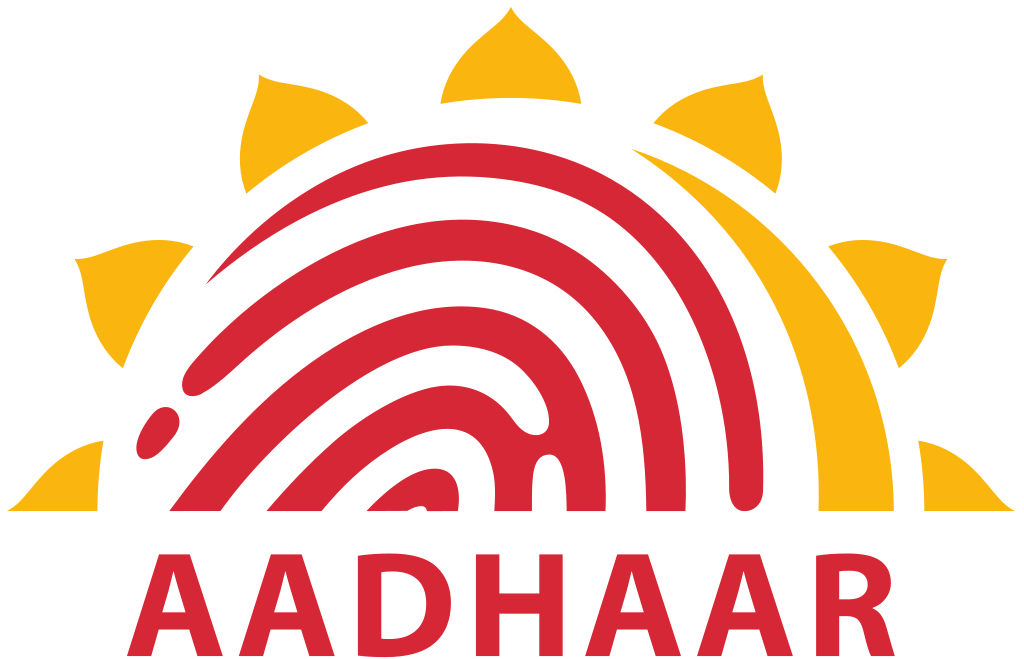Gst tax stands for goods and services tax. It is a centralised tax system that has been paid equally in all States of India. In Gst, all the taxes will be emerged to become a single tax implemented on 1st July 2017.
What is Gst Tax?
Goods and services tax is an indirect tax proposed to be charge on all goods and services.
In our previous tax system, the tax has to be paid at different levels individually.
For example- if a person want to manufacture a chair, he has to go through different levels such as collection of raw material- wood, then he need to frame that wood to form a chair, assemble that chair into warehouse and sell it to wholesaler at different States of country after that the wholesaler distributes that chair to the retailer and retailer finally sells it to end user.
Now, at every level tax has been paid. But in Gst there will be a single tax that has been paid on raw material, which would be retained at further levels.
Tax system
Tax has been classified under two major heads namely:
- Direct tax
Direct tax include, property tax, income tax and wealth tax.
- Indirect tax
Indirect tax include, VAT, CST, Excise duty etc.
- VAT- Value added tax is charged on every stage of production by the government.
- CST- Central sale tax is charged on Inter- state sales by the central government.
- EXCISE DUTY- Excise duty or excise tax is basically charged on goods manufactured within a nation.
Different slabs in goods and services tax (GST):
Goods and services tax rate has been classified under five slabs and it would range from 0% to 28%.
0% Tax
No tax would be levied on goods like milk, curd, honey, fruits, vegetables, flour, bone meat, fish, wheat, bread, basal, judicial papers, printed books, newspapers, cereal grains, handloom, stamps, salt, prasad, sindoor, bindi, kajal and color books.
5% Tax
5% Tax charged on packaged goods like pizza bread, paneer, spices, footwears, agarbatti, kerosene, medicine, cream, milk powder, cashew nuts, postage revenue stamps, coffee.
12% Tax
12% Tax to be charged on things above Rs.1000 like cheese, dry fruits, namkeen, sewing machine, cellphone, umbrella, knife, skimmers, diagnostic kits, books, dryers, spectacles, medicines, syrups, sauce bottles, utensils, fruits and vegetable juices, board games like carom board, ludo, chess board, playing cards.
18% Tax
18% Tax would be levied on many items which are more than Rs 500, all type of goods like electronic items ( mobile phones, washing machines, printers ) and goods like vegetables, fruits, biscuits, biddi patta, notebook, tampons, ice cream, corn flakes, pasta, tissues, soups, envelops, branded accessories and clothes, steel products, mixed condiments etc.
28% Tax
28% Tax, the highest tax rate would be charged on large goods like refrigerators, washing machines, camera, ATM, vending machine, dishwasher, weighing machine, vacuum cleaner, Motorcycle, cars, heater, automobiles, containers, deodorants, hair straighteners, electric chairs, television sets and other high rated good.
